Data Centers Are More Than Blinking Lights and Big Buildings23 min read
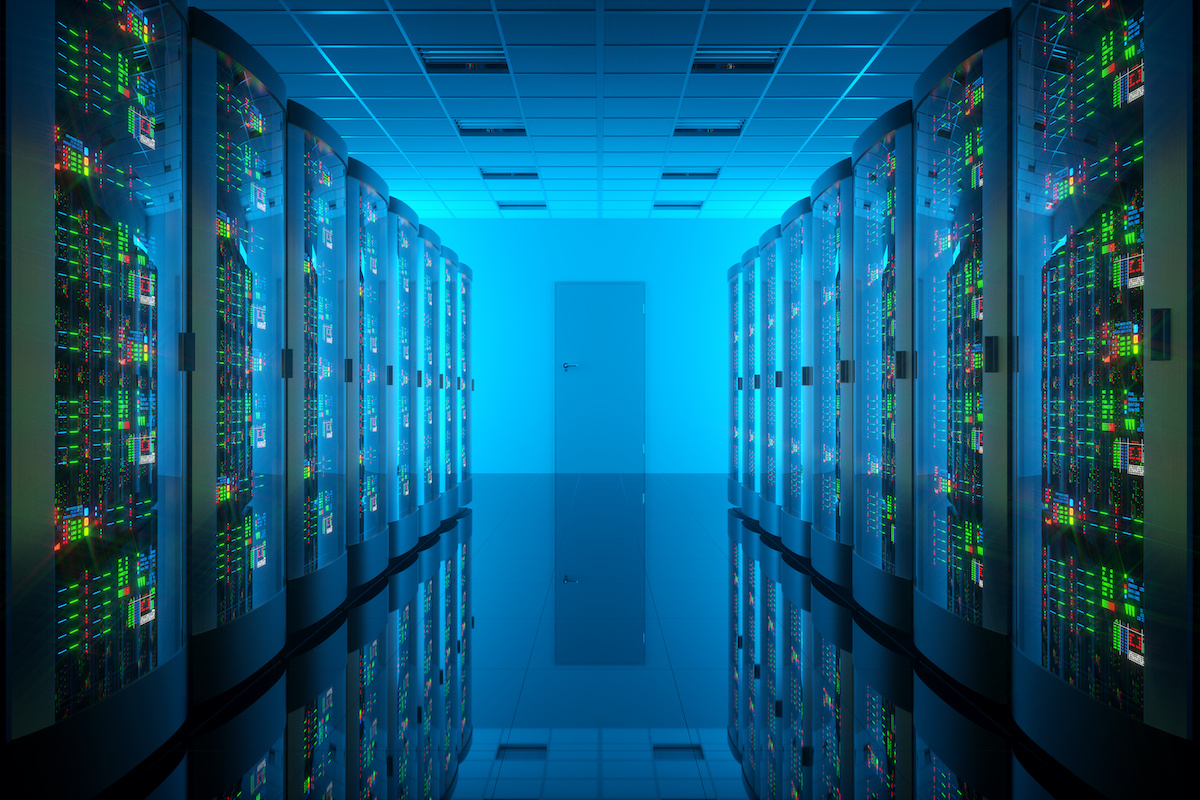
I’ve been given a unique opportunity to work closely with the next generation of technologists, future thinkers, and builders of the digital age. In working with the iMasons organization I’ve had the chance to see just how important diversity and inclusion is in this world. Just to give you an example as to why it’s so critical for the future generation, in a recent study, 77 percent of Generation Z said that a company’s level of diversity affects their decision to work there. Furthermore, 93 percent of Generation Z said that a company’s impact on society affects their decision to work there.
Now, let’s focus our attention on these future technologists. One thing I’ve learned quickly is that there is a disconnect between what young people are consuming and what they understand is actually happening at the back end. Ask a young person what happens when they stream Netflix or listen to Pandora, and they’ll simply say that it runs in the cloud. Some might say that there’s a computer somewhere that processes the request. But ask them what impact their daily digital activities might have and you’ll likely get a relatively bland answer.
Here’s one thing I usually ask… Did you know that a single Google search can power a 100W light bulb for 11 seconds? Makes you think about your energy consumption whenever you’re steaming music or shows in the background.
The STEAM of Big Buildings and Blinking Lights
The moment a young person’s eyes light up because you’ve just opened their world to something new… that’s the moment I live for. Speaking to a group of young people, I asked them questions about cloud, computers, and future technologies. Whenever you ask them about a ‘data center,’ their point of reference is usually a mainstream media article they saw, or something out of a movie; big, flashy, lots of lights.
This is where we get into the STEM (or STEAM) of things. Too often the future workforce that wants to focus on the tech industry doesn’t quite see the big picture when it comes to working with physical systems and data centers. That said, there are certainly other areas of tech where you really don’t need to worry too much about the data center. For example, coding, DevOps, and other areas of development don’t really require you to interact with hardware too often. Even still, I highly recommend those going into development to take the time and understand the underlying systems supporting their code.
But, for those curious about cloud and how all of the data that young people use every day gets processed, there is the actual data center. The first myth I love to bust is the concept that a young person has to go work in a building that’s already done. That’s false. Building a technology ecosystem takes A LOT more than just walking into a building that’s done and placing a few servers. It actually takes a full STEAM approach.
- Science. There is so much science involved in creating a technology ecosystem and building tech facilities (like data centers) that this section alone could be an entire whitepaper. I’ll give you a specific example, computational fluid dynamics (CFD). When I first learned about CFD, I thought it was such a cool science solution to overcome really interesting challenge in the data center. Basically, CFD can create a “digital clone” of an existing data center or a facility and use 3D simulations to analyze data center cooling and efficiency. You can use this kind of technology to see how air moves, where there are poorly set up zones, and how you can actually create a much more efficient and green solution.
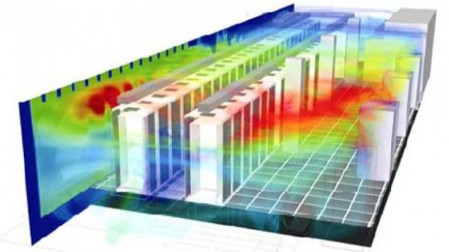
Leveraging computational fluid dynamics is just one example of this, in fact, solutions utilizing AI and machine learning push the concept of a “digital clone” even further with greater insights and optimization capabilities. There are so many other examples, including working with really interesting emerging technologies like liquid cooling, augmented reality design, and way more. You can employ your entire science knowledge without ever even stepping foot into a completed data center.
- Technology. Far more than just blinking lights and big buildings, data centers are literally technology ecosystems. How do you ensure it can support things like AI and machine learning? How do you create an environment that allows you to process more data than ever before? If you’re a technologist, working with modern data center concepts will never leave you bored. At my current role at Switch, I can’t begin to tell you how many cool technology ‘things’ I see on a daily basis that don’t really even have to do with traditional data center technologies. I see how our customers use technology to change lives. That said, if you’re a developer or only want to write applications, you can absolutely still work at a data center. Or, if you like to create robots or other physically connected solutions, guess what… a next-generation technology company or data center partner might want to have a chat with you. Connected devices and IoT are definitely hot topics for leaders in the data center space.
- Engineering. Before you turn on the power; even before the first bulldozer breaks ground on your new data center facility, it’s all about engineering and planning. Take a look at some of the most advanced data centers in the world. The ones that house liquid cooling, or the ones that have super computers, for example, are uniquely designed to have extraordinary applications. Even now, there are engineers building data centers to support quantum computing solutions. These are facilities that need to keep their quantum machines operating near absolute zero temperatures! This means the superconducting chip is located in an electromagnetic microwave field. It operates under extreme cold, at temperatures near absolute zero. Let me give you an example. For the IBM quantum computer, the temperature is 0.015 Kelvin.
How cold is that, really? 0 Kelvin is -273.15 Celsius, or -459.67 Fahrenheit!
For perspective, the coldest temperature on record was in Antartica at -128.6 Fahrenheit. The world literally cannot be cold enough for these computers. Such low temperatures can only be achieved by cooling down the chip with the help of liquefied helium. In fact, only regular helium is not enough. The engineers use dilution refrigerators with a Helium-3/ Helium-4 mix to achieve the extremely low temperatures.
Now, imagine being an engineer and getting the chance to work on this kind of stuff. Pretty amazing; and way more than just a building with blinking lights.
- Art. Technology, for some art professionals, is the next generation of creativity. And, when it comes to data centers, being creative and even artistic is super important. Let me give you a couple of examples.
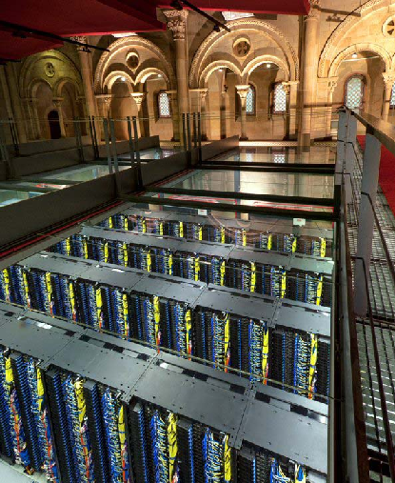
This is the Barcelona Supercomputing Center. And it’s gorgeous. It hosts MareNostrum, a 13.7 Petaflops, Intel Xeon Platinum-based supercomputer, which also includes clusters of emerging technologies. In June 2017, it ranked 13th in the world. The Center has contributed to the development of the IBM cell microprocessor architecture.
Here’s another example, Switch. I’m lucky enough to work for a company that designs, builds, maintains, and architects some of the world’s biggest and most innovative hyperscale data centers. Did I also mention they’re beautiful and are full of artistic design concepts? If you think art and data centers don’t mix, schedule a tour of our Switch hyperscale facility in Las Vegas and you’ll have a complete paradigm shift. To stand out in our industry we incorporate art into technology design not just to be aesthetically pleasing; but to also create efficiency and improve operations. Creativity and art can have major impacts on both business and technology.
- Math. I still use my AP Statistics schooling and college expertise on a weekly basis. I leverage stats to understand the market, where there are deviations from normal trends and why they’re happening, and I use it to help build future solutions depending on where the market is going. Within the virtual walls of technology, experts use math every single day to ensure things are running smoothly. But, before a data center is even built, math alongside engineering, is used for electrical systems, water cooling, airflow, AC unit design, interior and exterior design, and so much more. Furthermore, you might be asked to design a facility that has to operate in harsh climates. In those cases, you would leverage engineering and mathematics to ensure you have the design right. For example, maybe you need to create a roof that can shield you from 200mph winds and will never leak. Or, you have to design an architecture that can properly leverage environmental elements to the benefit of the facility. Math is all around technology and extends far beyond a simple building and some blinking lights.
Closing Thoughts
If you’re reading this, which I certainly hope you go this far, pass this article on to a young person looking to get into the industry. Similarly, if you’re in high school or college, know that working in tech allows you to create your own path with a really diverse set of options. Working in tech, specifically in the data center industry, can leverage many skills you never thought possible. And, in a digital world, those data centers that you read about are only growing in importance. If you’re in the least bit curious about this industry and where you fit in… reach out. Ask questions and there will be plenty of mentors who are happy to, at the least, guide you in the right direction.
Finally, and very importantly, as a young person, it’s critical that you never lose your childhood sense of wonder. When you stop imaging, that’s when you stop innovating.
PS – You don’t have to be a ‘young’ person to still have a vivid imagination. Keep dreaming and keep building the future!
Real-time monitoring, data-driven optimization.
Immersive software, innovative sensors and expert thermal services to monitor,
manage, and maximize the power and cooling infrastructure for critical
data center environments.
Real-time monitoring, data-driven optimization.
Immersive software, innovative sensors and expert thermal services to monitor, manage, and maximize the power and cooling infrastructure for critical data center environments.
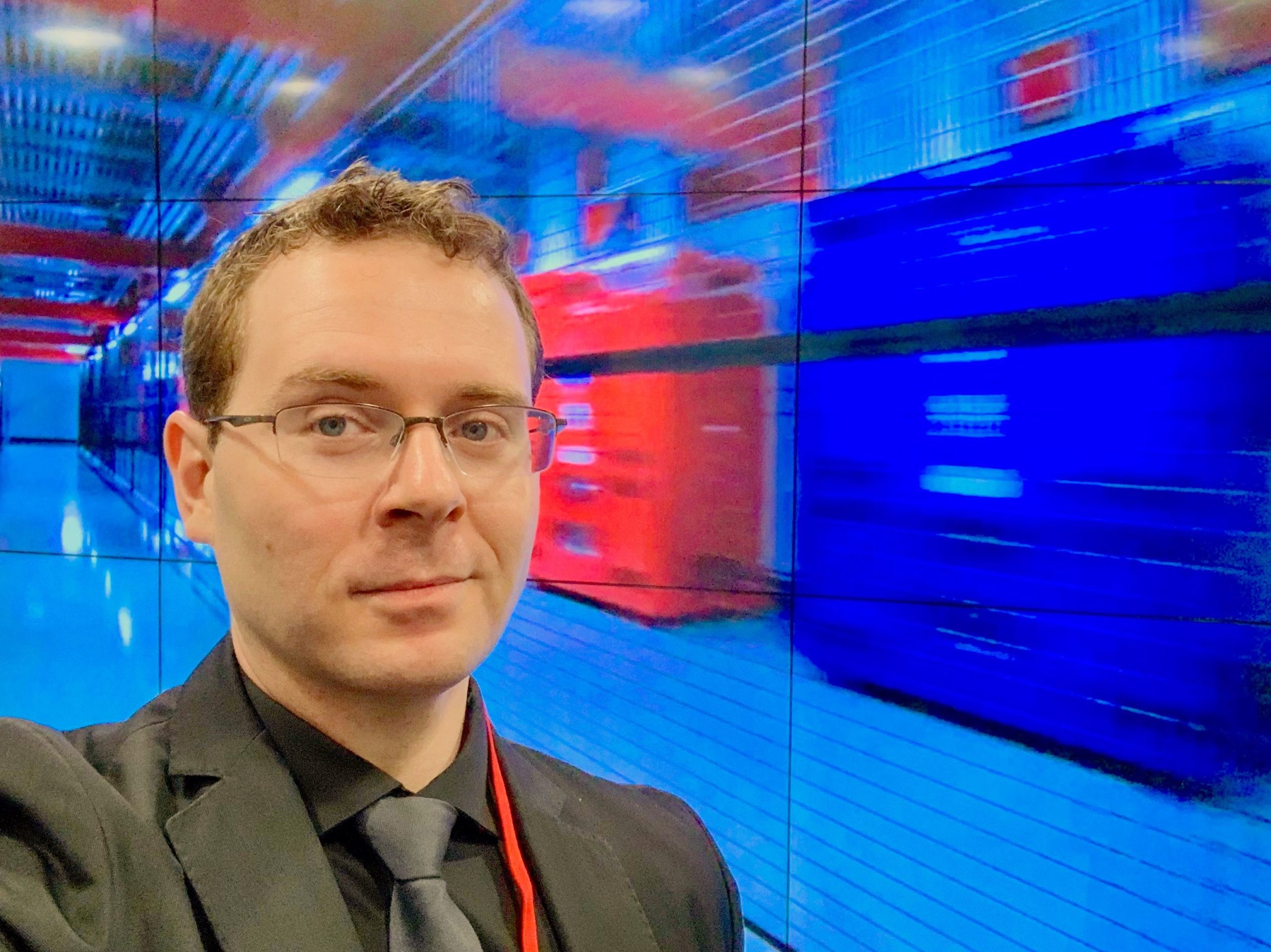
Bill Kleyman
Industry Analyst | Board Advisory Member | Writer/Blogger/Speaker | Contributing Editor | Executive | Millennial
Bill Kleyman is an award-winning data center, cloud, and digital infrastructure leader. He was ranked globally by an Onalytica Study as one of the leading executives in cloud computing and data security. He has spent more than 15 years specializing in the cybersecurity, virtualization, cloud, and data center industry. As an award-winning technologist, his most recent efforts with the Infrastructure Masons were recognized when he received the 2020 IM100 Award and the 2021 iMasons Education Champion Award for his work with numerous HBCUs and for helping diversify the digital infrastructure talent pool.
As an industry analyst, speaker, and author, Bill helps the digital infrastructure teams develop new ways to impact data center design, cloud architecture, security models (both physical and software), and how to work with new and emerging technologies.
Airflow Management Awareness Month 2019
Did you miss this year’s live webinars? Watch them on-demand now!
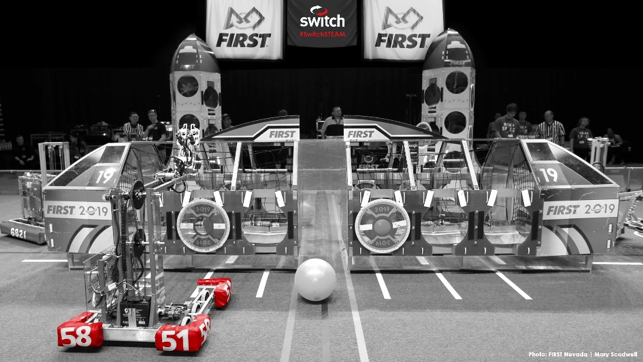
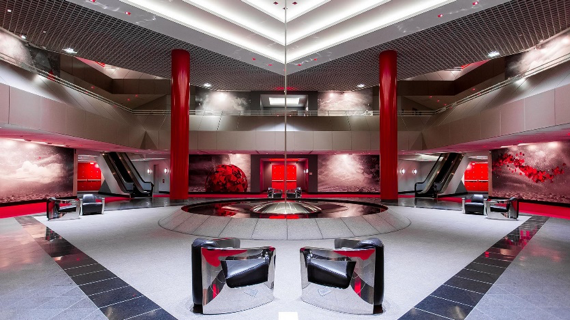
0 Comments